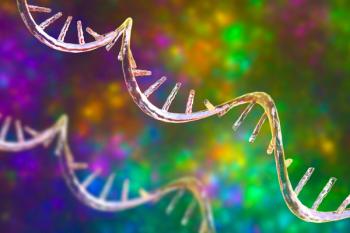
EMA Welcomes New Directive on Falsified Medicines
The European Medicines Agency (EMA) has responded positively to a new directive published in the Official Journal of the European Union addressing concerns over increases in falsified medicines in the supply chain. The directive comes into effect on July 21, 2011, and EMA will be working closely with its partners and the European Commission (EC) on implementation over the next 18 months. Member states will have to begin applying the measures beginning January 2013.
The European Medicines Agency (EMA) has responded positively to a new
First of all, the new directive properly defines “falsified medicinal products” to distinguish them from other illegal medicinal products or from those that infringe on intellectual property rights. It also notes that medicinal products with unintentional quality defects should not be confused with falsified medicinal products. A falsified medicinal product is now defined as any medicinal product with a false representation of:
- its identity, including its packaging and labeling, its name, or its composition as regards to any of the ingredients including excipients and the strength of those ingredients
- its source, including its manufacturer, its country of manufacturing, its country of origin, or its marketing authorization holder
- its history, including the records, and documents relating to the distribution channels used.
A primary focus is on the increasing complexity of the supply chain. Legislation is extended for nontraditional distribution network participants, such as brokers, who are not considered wholesale distributors and so previously were unaccountable. To ensure transparency, a database of wholesale distributors, which have passed member state-inspection, should be established at the European Union (EU) level.
Manufacturing authorization holders now have stricter requirements for the verification of active substance manufacturers under GMP and good distribution practice guidelines, as well as a need to fully ensure that excipients are produced under applicable GMP and suitable for use in medicinal products. There is also an obligation to report any suspicion of falsification to the competent authority and marketing authorization holder.
Safety features for medicinal products are to be harmonized within the EU, to allow verification of authenticity and to provide evidence of tampering. The directive goes further by providing strict guidelines on the removal, replacement, or covering of safety features and stipulates that equivalent measures must be used in the case of repackaging.
Another strong focus is the sale of illegal medicinal products on the internet or “sale at a distance to the public.” EMA and member states have been charged with running awareness campaigns to warn of the risks associated with online purchases from illegal sites. To aid in the identification of legal websites, a common logo should be established. EC is responsible for both logo design, and the technical, electronic, and cryptographic requirements for ensuring authenticity. The logo should link to the website of the competent authority concerned.
There were many other revisions, but the directive goes a long way to addressing the alarming increase of falsified medicinal products detected within the EU and the subsequent risk to public health.
Newsletter
Stay at the forefront of biopharmaceutical innovation—subscribe to BioPharm International for expert insights on drug development, manufacturing, compliance, and more.





